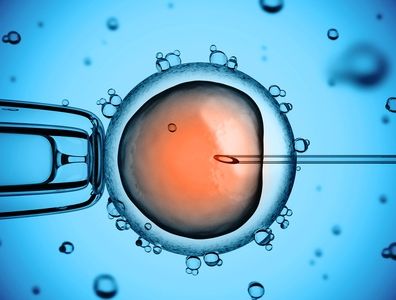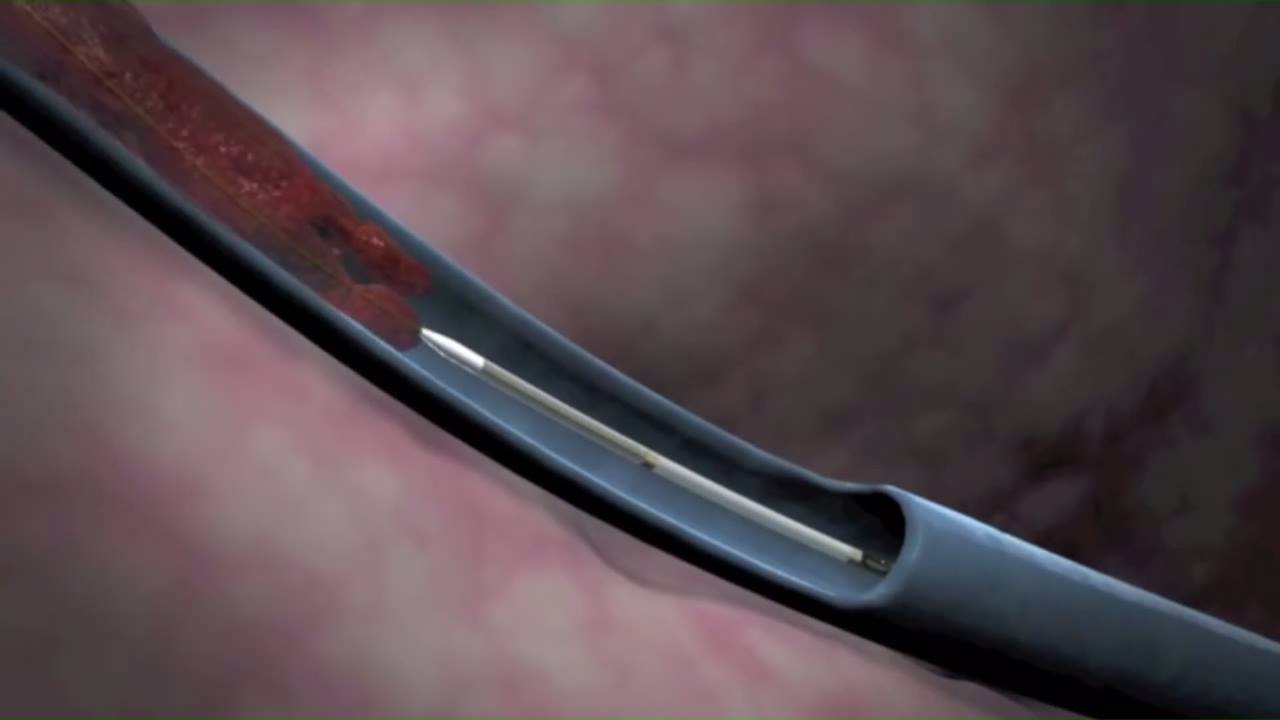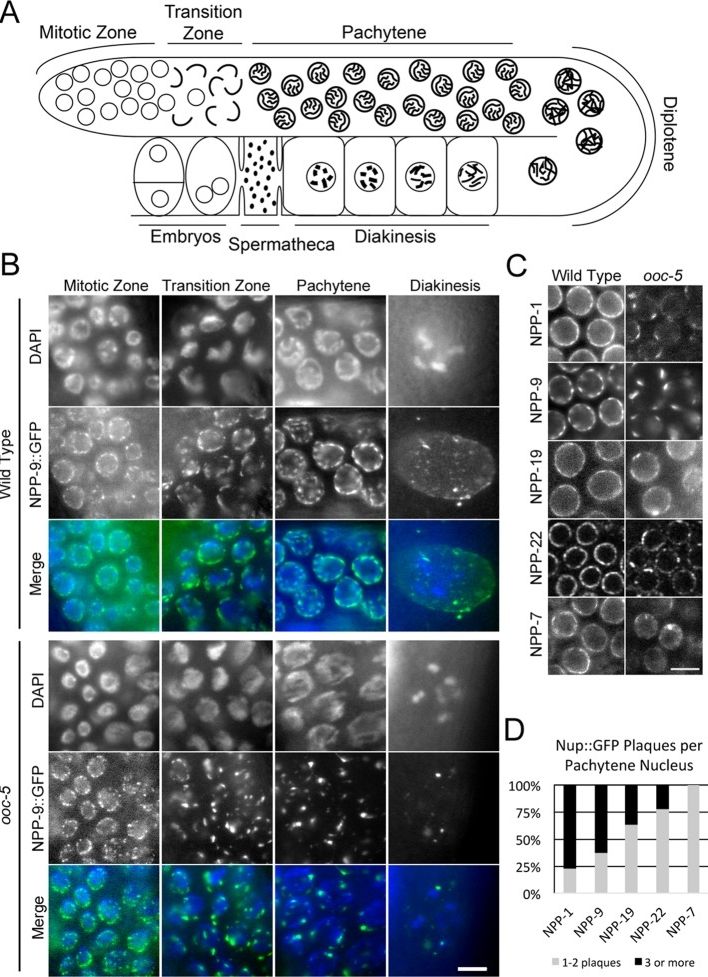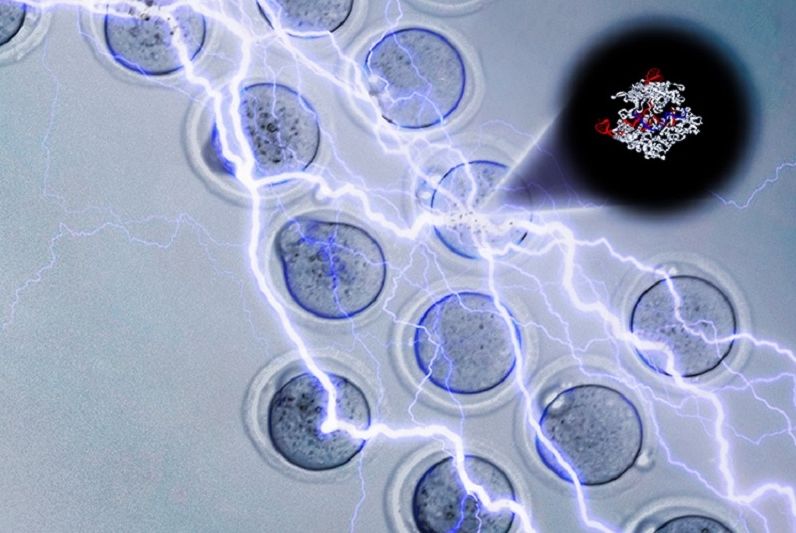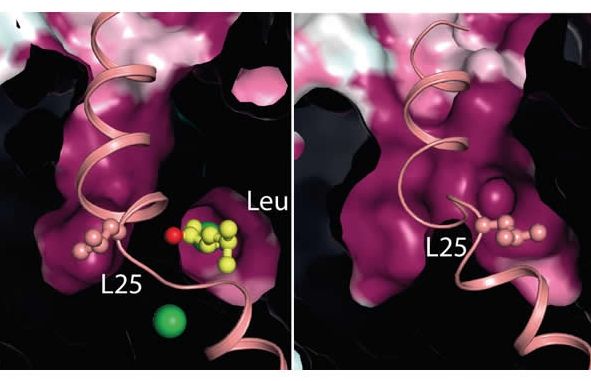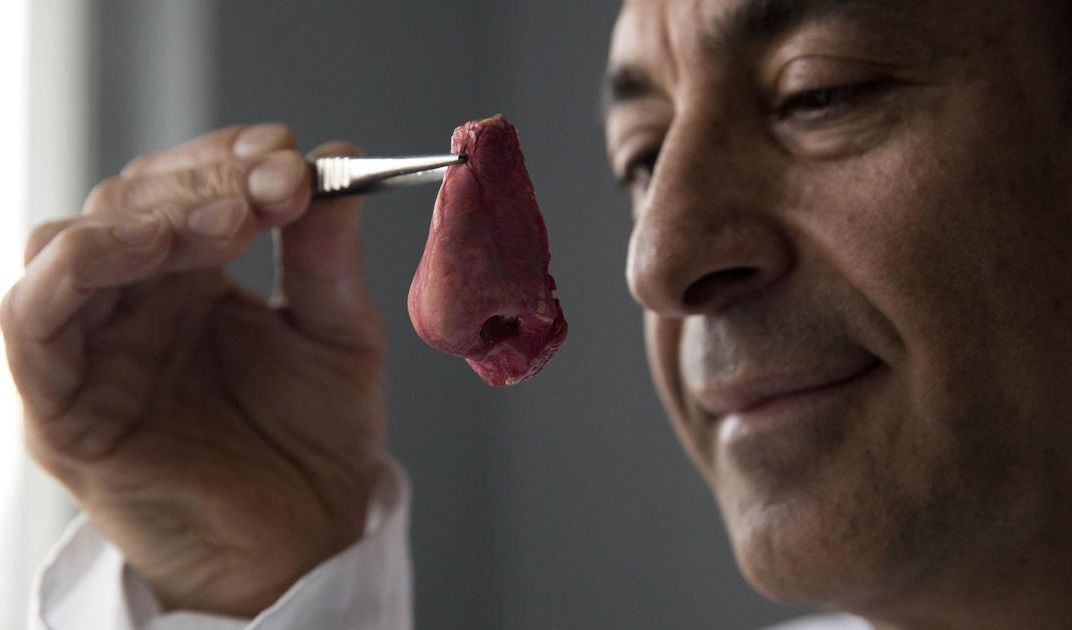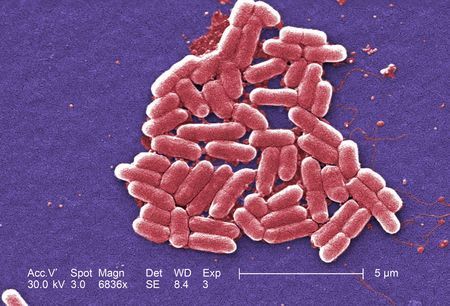May 31, 2016
The Coming Genetic Editing Age of Humans Won’t Be Easy to Stomach
Posted by Zoltan Istvan in categories: 3D printing, bioengineering, biotech/medical, genetics, government, health, transhumanism, transportation
My new article for Vice Motherboard on extreme biohacking that compares the Uncanny Valley to Speciation Syndrome:
Transhumanism tech like CRISPR, 3D printing, and coming biological regeneration of limbs will not only change lives for those that have deformities, but it will change how we look at things like a person with a three-foot tail and maybe even a second head.
At the core of all this is the ingrained belief that the human being is pre-formed organism, complete with one head, four limbs, and other standard anatomical parts. But in the transhumanist age, the human being should be looked at more like a machine—like a car, if you will: something that comes out a particular way with certain attributes, but then can be heavily modified. In fact, it can be rebuilt from scratch.
Continue reading “The Coming Genetic Editing Age of Humans Won’t Be Easy to Stomach” »

